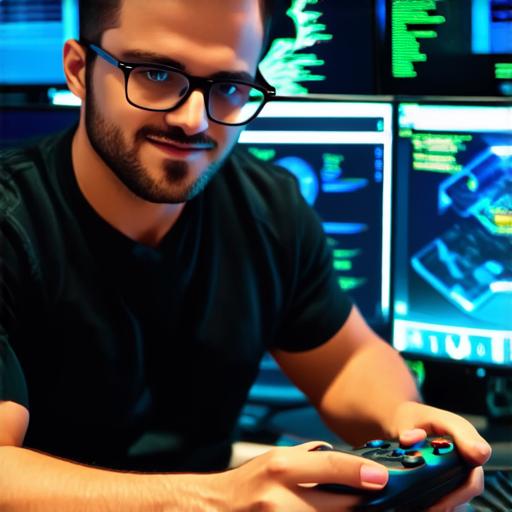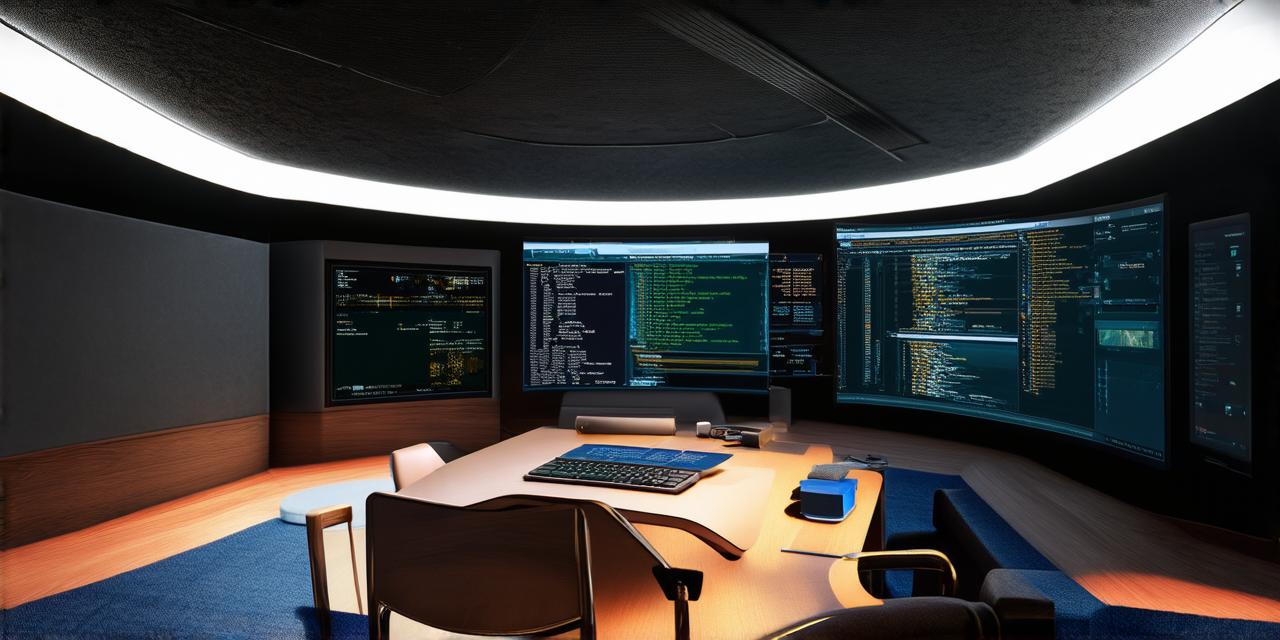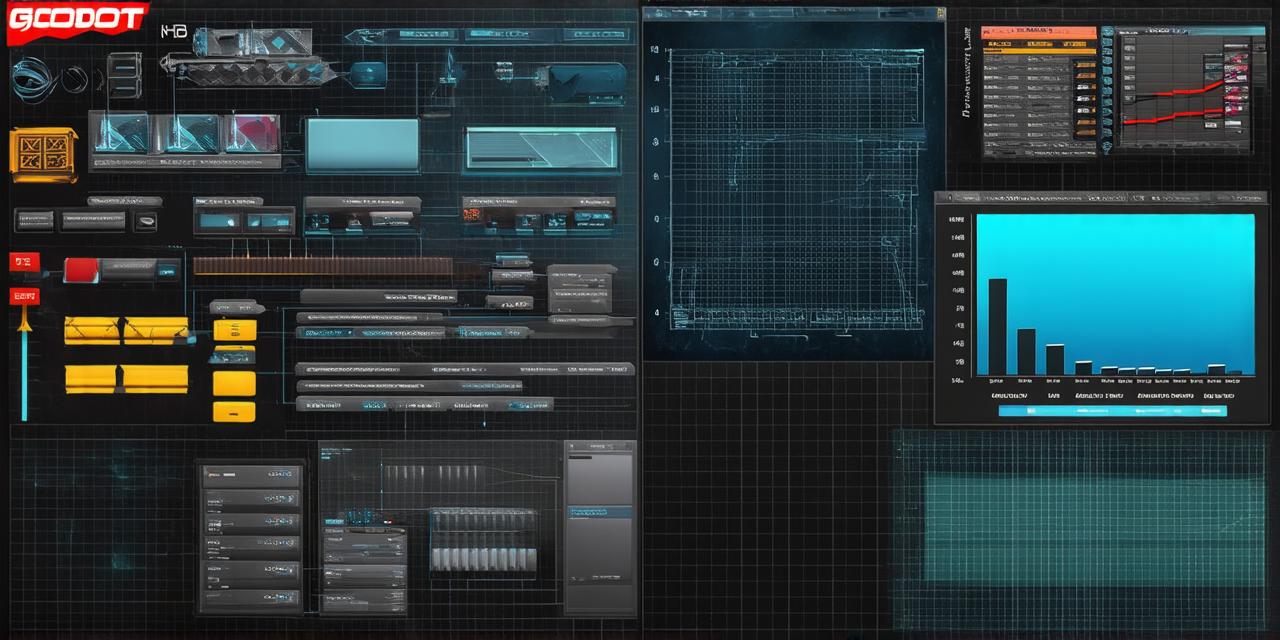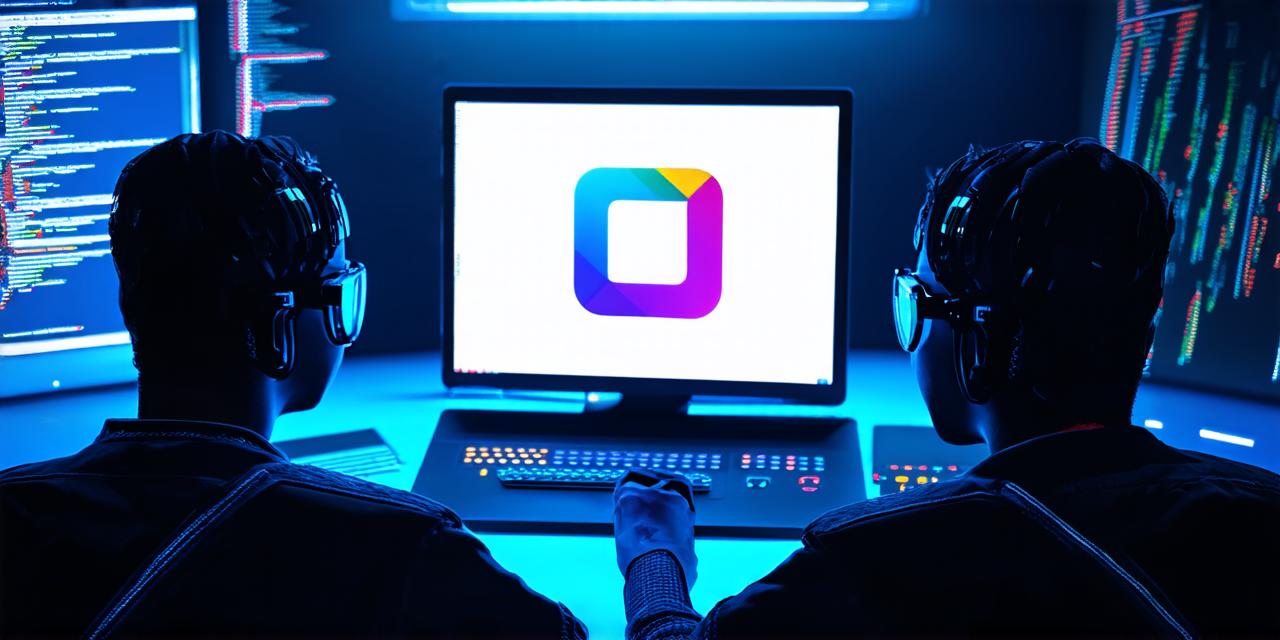
Unity is a popular game engine that can be used for more than just creating video games. In fact, it has a wide range of applications that go beyond just entertainment. Here are some examples of what can be created using Unity 3D:
1. Virtual Reality (VR) experiences
Unity has built-in support for VR development, which means you can create immersive VR experiences without having to learn a separate engine or software. You can use Unity to create VR games, educational content, and even virtual tours of real-world locations.
2. Augmented Reality (AR) applications
Unity also has support for AR development, which allows you to create interactive applications that overlay digital content onto the real world. You can use Unity to create AR apps for education, marketing, or entertainment purposes.
3. 2D games and animations
While Unity is primarily known for its 3D capabilities, it also has robust 2D tools that allow you to create 2D games and animations. This includes everything from 2D platformers to 2D puzzle games.
4. Interactive ads and banners
Unity can be used to create interactive ads and banners that engage users and drive traffic to your website or app. You can use Unity to create 3D models, animations, and other interactive elements that make your ads stand out.
5. Product visualization and prototyping
Unity can be used for product visualization and prototyping, which allows you to create 3D models of products and test them in a virtual environment before building a physical prototype. This can save time and money by allowing you to make changes and improvements early in the development process.
6. Training and education simulations
Unity can be used to create realistic simulations for training and education purposes. For example, you could create a simulation of a surgical procedure or a flight training program using Unity’s 3D tools.
7. Architectural visualization and walkthroughs
Unity can be used to create detailed architectural models and walkthroughs that allow you to visualize and explore designs in a virtual environment. This is particularly useful for real estate developers, interior designers, and architects.
In conclusion, Unity 3D is a versatile tool that can be used for a wide range of applications beyond just video games. Whether you’re looking to create VR experiences, AR apps, 2D games, interactive ads, or any other type of 3D content, Unity has the tools and capabilities you need to get started.




